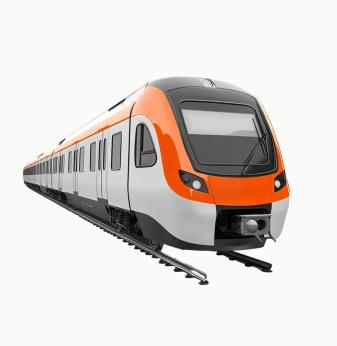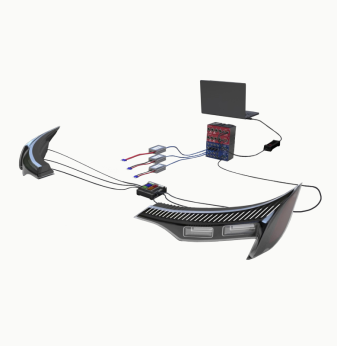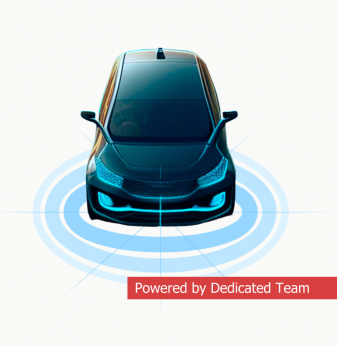Smart Farming Solutions: Optimising Crops and Livestock Management with Technologies
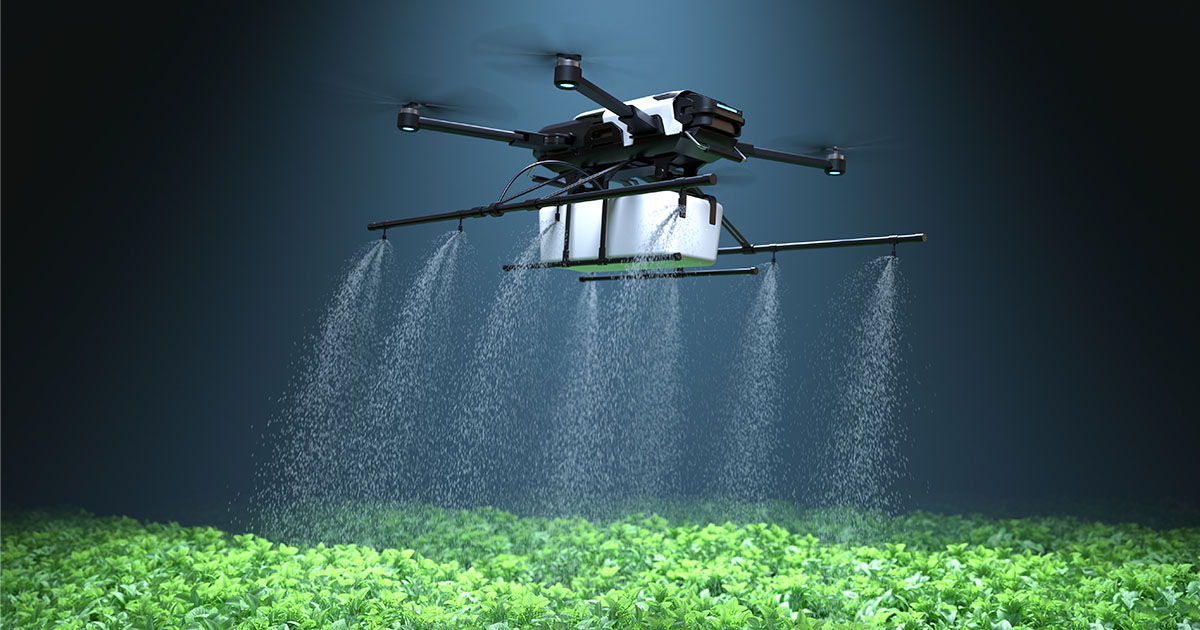
Smart farming is changing the way we grow crops and raise livestock. Artificial intelligence, robotics and automation are increasing the efficiency, productivity and sustainability of the agricultural sector. From AI-based systems that monitor plant and soil health to autonomous farm tractors and drones that optimise farming and harvesting, agriculture is undergoing a technological revolution.
Modern industry faces many challenges that agriculture smart farming seeks to address. One of the most pressing is the shortage of skilled labour. As the world's population continues to grow, demand for food is increasing, but the agricultural workforce is shrinking, making it harder to meet that need. Climate change has added new layers of complexity, threatening crop yields and animal health with unpredictable weather patterns, extreme conditions, and declining soil quality.
Did you know that farmers using precision technology have seen a 4% increase in crop production, a 7% increase in fertiliser application efficiency and a 9% reduction in herbicide and pesticide use?
Despite the problems, the agriculture industry is growing and expanding. Global funding for agritech more than tripled between 2017 and 2021, exceeding USD 53 billion.
One key driver for the rapid growth of the smart agriculture market is increasing government support for agricultural modernisation. Many national governments are recognising the importance of food security and sustainable agricultural practices and providing more subsidies and grants.
Another important factor driving industry's growth is the emergence of agritech start-ups offering innovative solutions. Investment in agritech innovations is particularly high in regions such as Asia Pacific, where the market for smart agriculture technology is expected to grow significantly.
These factors continue to foster the adoption of smart farming technologies, driving technology companies to create solutions for the industry.
Table of contents
Labour-intensive processes and inefficiencies in monitoring animal health
Challenges in managing feed, water, and overall resource allocation
Energy consumption and waste production from livestock operations
Inefficiency in crop monitoring and labour shortages
Livestock management problems and solutions
Ensuring animal health and effective resource management are critical and complex challenges in livestock production. As smart farming advances, technological solutions such as artificial intelligence-based health monitoring, wearable sensors, autonomous equipment and RFID-based livestock tracking are helping to streamline these processes.
Problem: Labour-intensive processes and inefficiencies in monitoring animal health
Traditional methods require constant human supervision, which is time-consuming and prone to errors. This inefficiency leads to delayed detection of health issues, resulting in preventable illnesses and even higher mortality rates. Additionally, managing the optimal levels of feed, water, and nutrition for each animal is complex, often leading to overuse of resources or undernourishment due to inconsistent monitoring practices.
How can we help?
We develop AI-based systems that detect early signs of illness, enabling timely intervention and reducing the risk of widespread disease. AI can identify potential threats that could harm livestock, such as insects or pests, using technologies such as AI-based insect identification for disease prevention.
Another technological option to solve this problem is wearable sensors. They can be attached to individual animals to track vital health metrics such as temperature, heart rate, activity levels, and even rumination patterns.
The collected data is transmitted wirelessly to a centralised system, where it can be analysed in real-time to detect early signs of illness, behavioral changes, or nutritional deficiencies. This approach enables more accurate and personalised health management, while reducing manual effort and errors.
Problem: Challenges in managing feed, water, and overall resource allocation
Without streamlined processes, farms often face overuse or shortages, which can lead to increased operational costs and impact animal health. Moreover, manual tracking and managing livestock records is time-consuming and prone to errors, making it difficult to optimise operations effectively.
How can we help?
The suitable option is the integration of autonomous agriculture equipment and RFID-based tracking systems. Autonomous feeding, milking, and cleaning mechanisms automate routine tasks, ensuring that livestock care is handled with precision.
These machines can distribute feed and water based on pre-determined schedules and specific requirements for each animal, reducing waste and giving a consistent supply of resources. Milking and cleaning processes are also automated, freeing up valuable time for farm workers to focus on higher-level tasks.
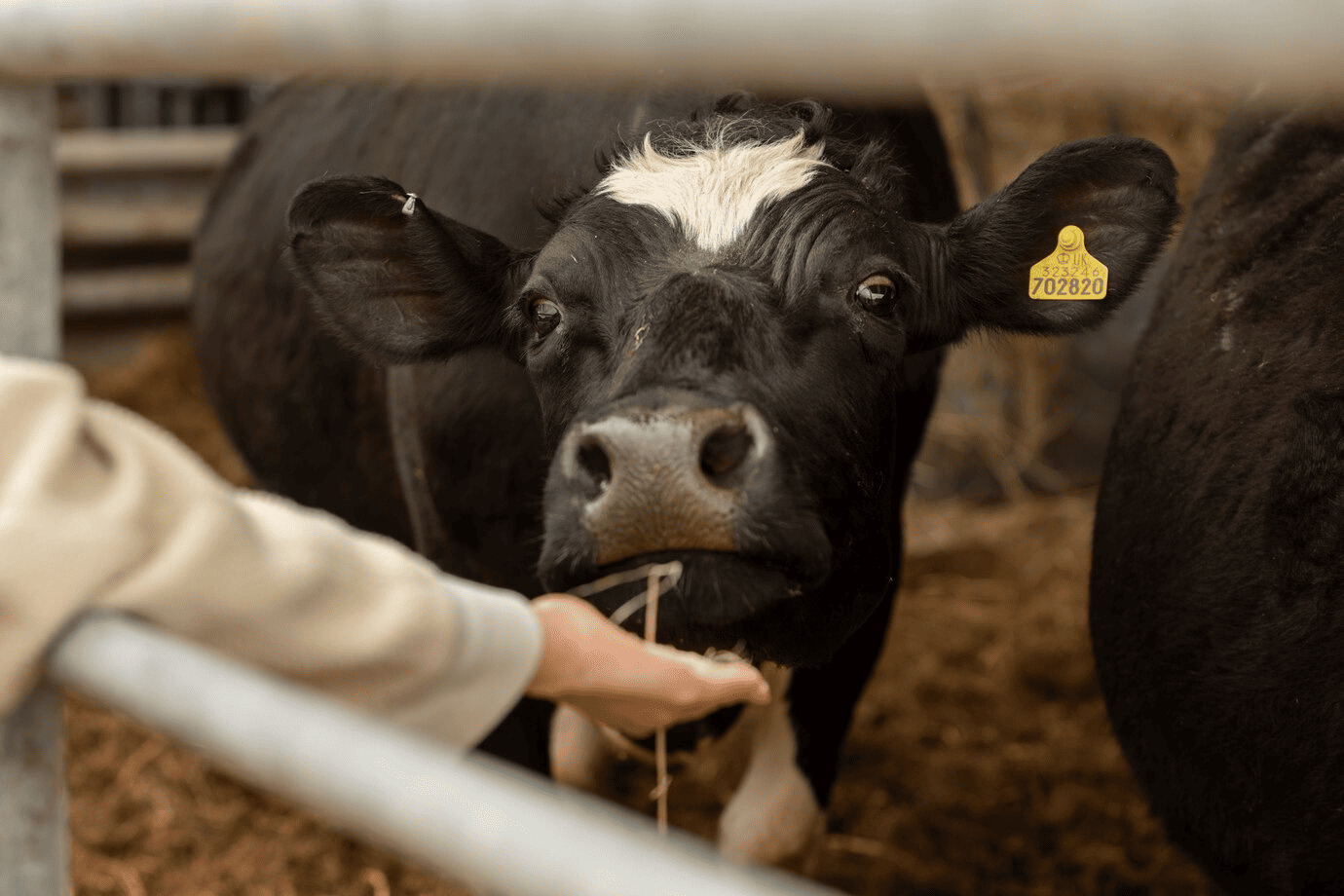
According to IEEE Explore, RFID tags like this cow's reduce farm labour costs by up to 25%
RFID inventory tracking allows for the management of livestock data to further enhance efficiency. By tagging animals with RFID chips, farms can automatically track their location, health records, and feeding schedules in real-time. This wireless technology streamlines record-keeping and also improves decision-making, so farmers can adjust resource allocation quickly and accurately.
In addition to health monitoring, AI solutions for agritech are also transforming the management of feed, water and nutrition. By analysing the individual needs of each animal, AI algorithms automate the distribution of resources, ensuring that each receives the right amount of nutrients based on its specific needs. This precision improves animal health and optimises resource use, reducing waste and increasing farm efficiency.
Problem: High energy consumption and waste production from large-scale livestock operations
Managing animal waste, maintaining constant energy use for operations, and handling the environmental impact have become critical concerns as farming scales up. These issues contribute to higher operational costs and also negatively affect the environment, making it harder for farms to meet sustainability goals and regulations.
How can we help?
The solution is the adoption of biogas systems, which offer to address both energy and waste challenges. By installing biogas generators, farms can convert animal waste into clean, renewable energy. This process captures methane – a potent greenhouse gas – and transforms it into electricity or heat that can power farm operations.
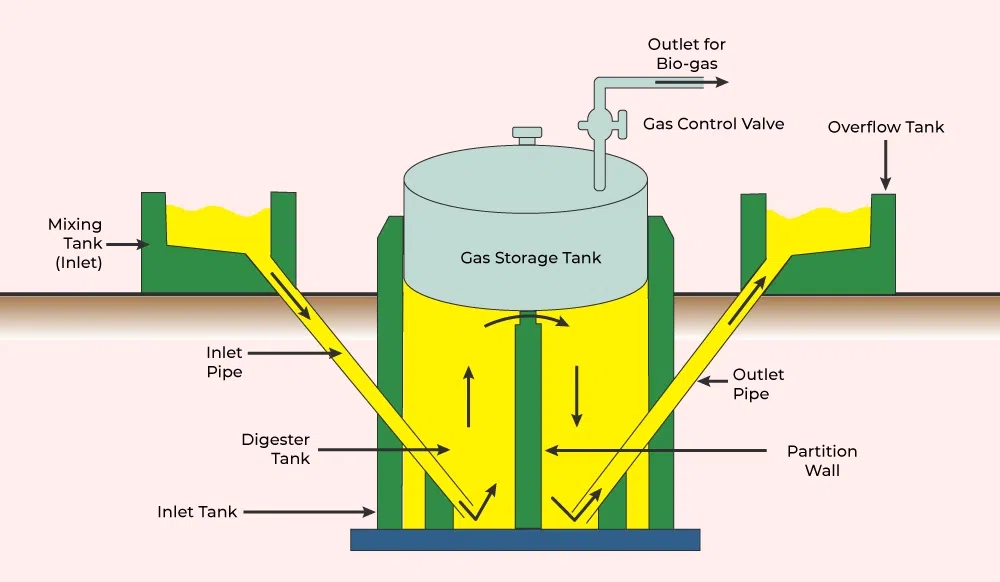
Operation diagram of a biogas production plant. Source: geeksforgeeks.org
This reduces the reliance on traditional energy sources and significantly lowers the environmental footprint of livestock operations. Implementing biogas systems helps farms minimise energy costs and waste, contribute to a more sustainable agricultural model, and meet modern environmental standards.
Smart farming solutions for crop production
Modern crop production faces many challenges, ranging from ineffective monitoring to labour shortages and unsustainable resource use. Farmers often cannot track important factors such as soil and crop health, making it difficult to optimise yields.
By using precision farming, autonomous equipment, artificial intelligence-based crop analysis, and smart irrigation, farmers can achieve more sustainable crop production.
Problem: Inefficiency in crop monitoring and labour shortages
Farmers struggle with limited visibility into essential factors like soil conditions, crop health, and optimal yield management, leading to suboptimal results and resource wastage. These inefficiencies are compounded by a lack of human resources, making it increasingly difficult to keep up with the growing demand for food production.
How can we help?
Precision agriculture offers a solution to these problems. It is data-driven approach that optimises crop health and yields through advanced technology. Precision farming utilises GNSS-enabled tractors and smart agriculture sensors to continuously monitor vital conditions, such as soil moisture, nutrient levels, and weather patterns. This real-time data enables farmers to make informed decisions.
Further, precision agriculture technologies like AI-based fruit detection technology and automated weeding allow for even greater efficiency. By automating these labour-intensive tasks, farmers can ensure healthier crops with fewer manual interventions, ultimately saving time and reducing labour costs.
Problem: Manual-heavy weeding, planting, and harvesting processes
These processes require significant manpower, which can lead to higher labour costs, inefficiency, and delays, especially during peak seasons. With ongoing personnel shortages, these challenges become even more difficult for farms to overcome, impacting overall productivity and profitability.
How can we help?
The answer is the integration of agricultural robotics and AI technology. AI-powered technologies are transforming traditional farming operations, making them more efficient and less reliant on manual labour. For example, AI-powered drones in farming are increasingly used for crop monitoring and pest detection, allowing farmers to manage large fields with precision and in real-time.
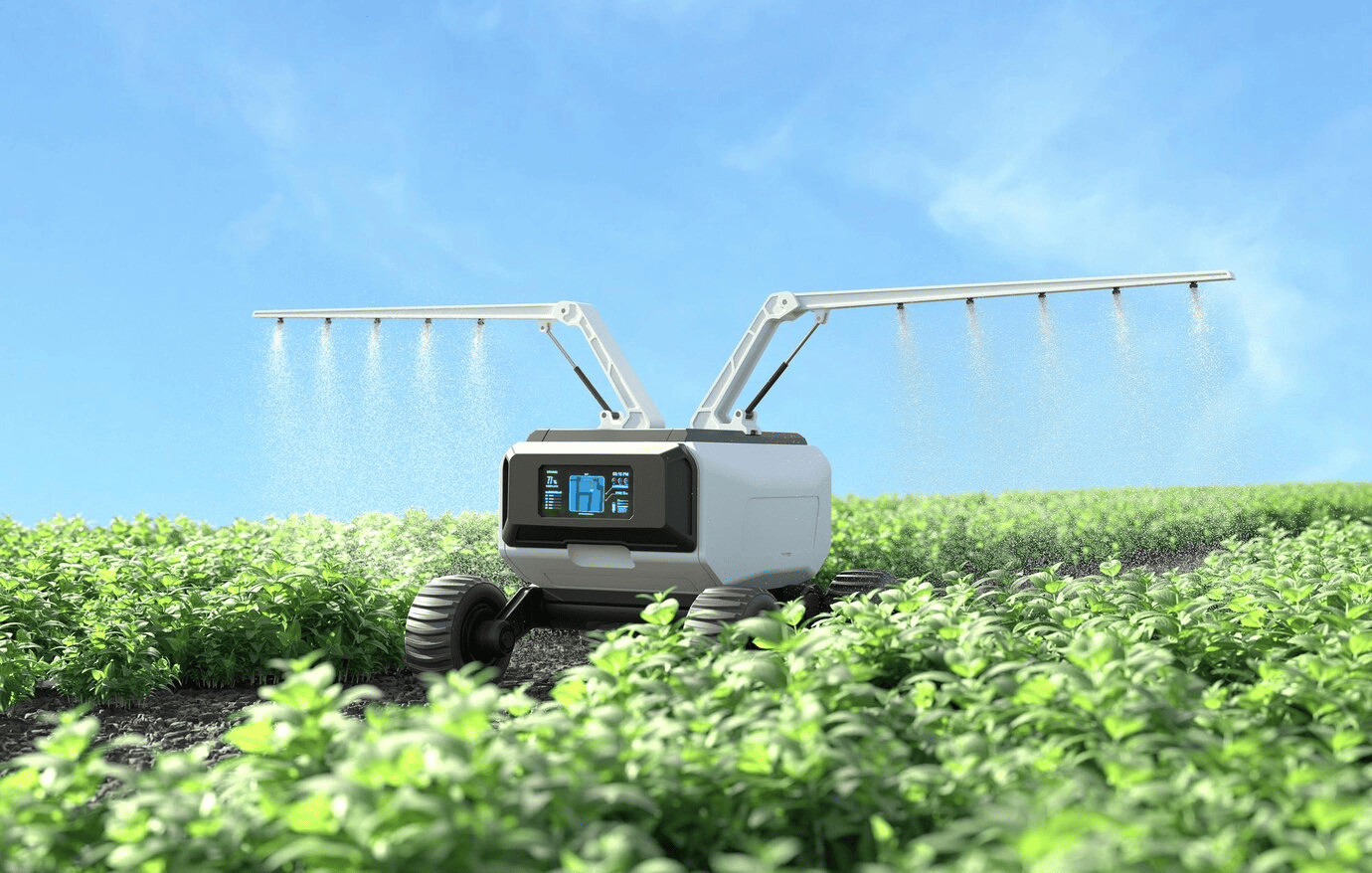
An autonomous robot that fertilises plants uses sensors to detect plant health and soil conditions, navigates fields using GPS or vision-based systems
Additionally, deploying autonomous farm vehicles, such as self-driving tractors and autonomous robots, streamlines the planting, watering, and harvesting processes. These agricultural machinery can operate continuously with minimal human oversight, significantly increasing farm efficiency.
Robotic harvesters further reduce labour costs by automating crop picking, ensuring faster, more accurate harvesting without the need for large crews. By integrating AI and ag robotics into farming, operations become faster, smarter, and more scalable, providing a sustainable solution for today’s agriculture.
Problem: Water use and irrigation management
Water is one of the most critical resources in crop production, yet traditional irrigation methods often lead to overuse or underuse, resulting in water waste, increased costs, and suboptimal plant growth. Farmers struggle to find a balance between providing enough water for healthy crops and conserving resources, especially in areas with scarce water supplies or drought-prone regions.
How can we help?
Smart farming tackles inefficient water use by deploying smart farming systems for irrigation with IoT sensors and AI-based automation. These systems use sensors to monitor real-time soil moisture levels, weather conditions, and crop water requirements.
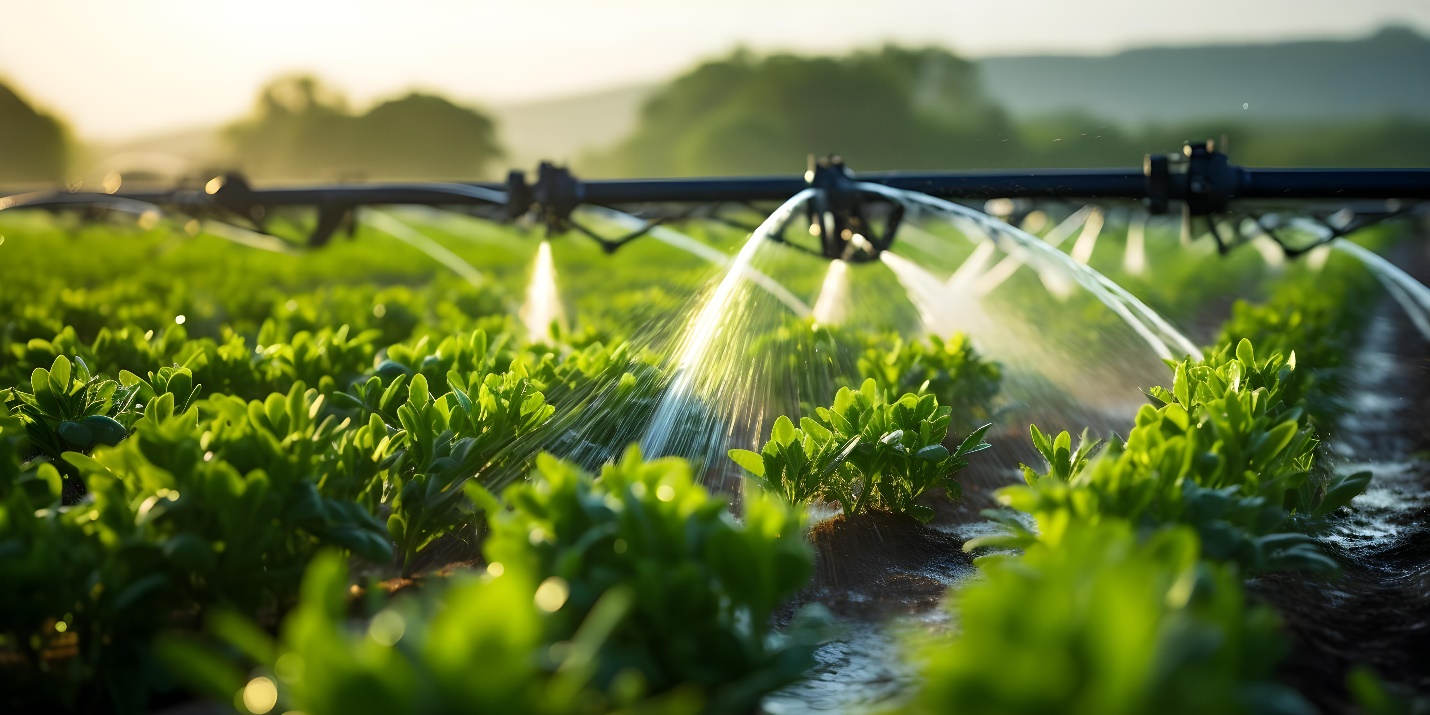
IoT sensors and AI help to monitor soil moisture, weather conditions, and plant needs in real-time for precise and automated water delivery
AI algorithms then process the collected data to determine the right amount and timing of automated irrigation system for farmers needed for each field section, delivering water only when and where it’s needed.
This targeted approach to irrigation reduces water waste, ensures crops receive optimal hydration, and ultimately leads to healthier yields. These smart systems can be controlled remotely, allowing farmers to manage their water usage efficiently and adjust on the fly, leading to cost savings and sustainable water management.
***
The concept of smart farming addresses key issues such as labour shortages, resource inefficiency, and environmental sustainability. With AI, robotics, and automation, farms can improve livestock management, crop production, and production volumes while increasing productivity.
As the agricultural sector continues to grow and expand, the adoption of smart technologies will be critical to food development, improved production management, and sustainable farming practices in the future.
Write to us today to find out how we can support your agritech projects!

